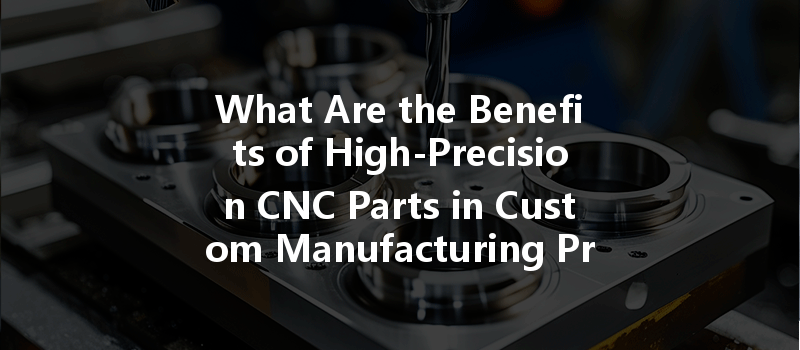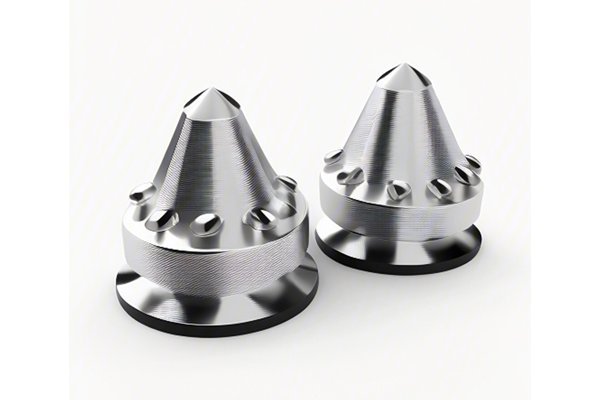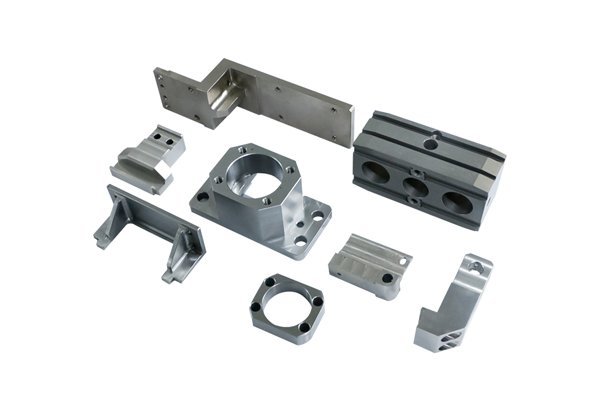Did you know that industries utilizing high-precision CNC parts have reported a productivity increase of up to 30%? This remarkable statistic highlights the growing importance of precision machining in today’s fast-paced manufacturing environment. As industries evolve, the demand for high-performance parts is paramount, making high-precision CNC machining not only a luxury but a necessity for many businesses across various sectors.
Understanding CNC Machining: An Overview
CNC (Computer Numerical Control) machining is a method that automates machining tools through the use of computers. This technology uses a coded program to control tools such as lathes, mills, and grinders, producing intricate parts that meet exact specifications. CNC machining is revered for its ability to create complex geometries with unmatched accuracy and consistency, making it ideal for high-precision parts production.
But what does “high-precision” imply in the context of CNC machining, and why is it crucial for custom manufacturing? High-precision CNC parts refer to components manufactured with extremely tight tolerances that ensure they fit and function perfectly within an assembly. In sectors like aerospace, automotive, medical, and electronics, where even the slightest deviation can lead to significant performance issues or safety concerns, high-precision CNC parts are non-negotiable.
The Problems High-Precision CNC Parts Solve
In industries requiring high precision, tight tolerances are essential. For instance, aerospace parts may need tolerances of ±0.001 inches or less to ensure proper fit and function. High-precision CNC machining provides the necessary accuracy.
High-precision parts undergo rigorous quality checks, ensuring that every component meets stringent industry standards (such as ISO or AS9100). This built-in quality assurance reduces the risk of defects.
Precision machining leads to fewer errors in production. By achieving exact dimensions from the start, manufacturers reduce material waste and save costs associated with reworking or scrapping defective parts.
Automated processes ensure that each part produced is identical to the last. High consistency is critical in large production runs, providing businesses with reliable performance from each component.
Modern CNC machines can produce intricate designs that would be impossible or prohibitively expensive with traditional machining techniques. This capability allows for innovations in product design.
The Process of High-Precision CNC Machining
Understanding the process behind high-precision CNC machining is essential. Here’s a step-by-step breakdown:
Step 1: Design and CAD Modeling
The process begins with a 3D CAD (Computer-Aided Design) model. Engineers create a detailed digital representation of the part, including all necessary specifications, tolerances, and materials.
Step 2: CAM Programming
Once the CAD design is finalized, it is converted into a toolpath through CAM (Computer-Aided Manufacturing) software. This software translates the design into machine-readable instructions.
Step 3: Tool Selection
Selecting the right tools for the job is critical. Tooling must be chosen not only for the material being machined but also for the specific tolerances and features required.
Step 4: Machining
The CNC machine receives the programmed instructions and begins the machining process. Depending on the design, different operations such as milling, turning, or grinding may be employed.
Step 5: Quality Control
Every high-precision part must undergo extensive quality control checks using calibrated measurement tools like CMM (Coordinate Measuring Machines). This ensures that the parts meet the specified tolerances.

Step 6: Finishing
Depending on the application and customer requirements, additional finishing processes such as anodizing, polishing, or coating may be applied to enhance performance and aesthetic appeal.
Advantages of High-Precision CNC Parts
High-precision CNC machining dramatically speeds up production processes. With reduced setup times and optimized machining cycles, manufacturers can increase overall efficiency.
While high-precision parts may come at a premium initially, the long-term savings through reduced waste, fewer reworks, and increased product lifespan make them a cost-effective choice.
High-precision parts ensure that machinery and equipment perform at their best, leading to higher reliability and productivity. This is particularly vital in industries where machinery breakdown can result in high costs and lost time.
CNC technology is not limited to a specific material. High-precision machining can be utilized for various materials, including metals (aluminum, steel, brass), plastics, and composites, providing versatility to manufacturers.
Exploring Applications of High-Precision CNC Parts
Aerospace: In aerospace, the slightest error can lead to critical failures. High-precision parts such as turbine blades and structural components are crucial for maintaining safety and performance.
Automotive: The automotive industry relies heavily on CNC machining for parts like engine components, transmission casings, and custom fittings, all of which require high accuracy.
Medical Devices: Medical devices must adhere to strict regulations, and high-precision parts ensure that instruments, implants, and components function correctly and safely.
Electronics: High-precision parts are indispensable in the electronics industry, from housing for sensitive equipment to connections that must fit seamlessly.
Future Trends in High-Precision CNC Machining
As technology continues to evolve, several trends are shaping the future of high-precision CNC machining:
In conclusion, high-precision CNC parts are more than just machined components; they are essential building blocks that drive efficiency, safety, and performance across various industries. The ability to produce parts with extremely tight tolerances and complex designs means that businesses can innovate rapidly, reduce costs, and ultimately deliver better products to their customers.
It’s vital to recognize that investing in high-precision CNC machining isn’t merely about acquiring technology; it’s about embracing a process that elevates manufacturing capabilities to new heights. As we look to the future, the importance of high-precision parts will only grow, making this an area worth exploring further for any business focused on quality and excellence.
We invite you to consider how high-precision CNC machining could revolutionize your production processes. By understanding its intricacies and benefits, you can make informed decisions that will positively impact your operations, workforce, and bottom line.
Don’t overlook the significance of precision and think about how it can shape the future of your manufacturing projects.






